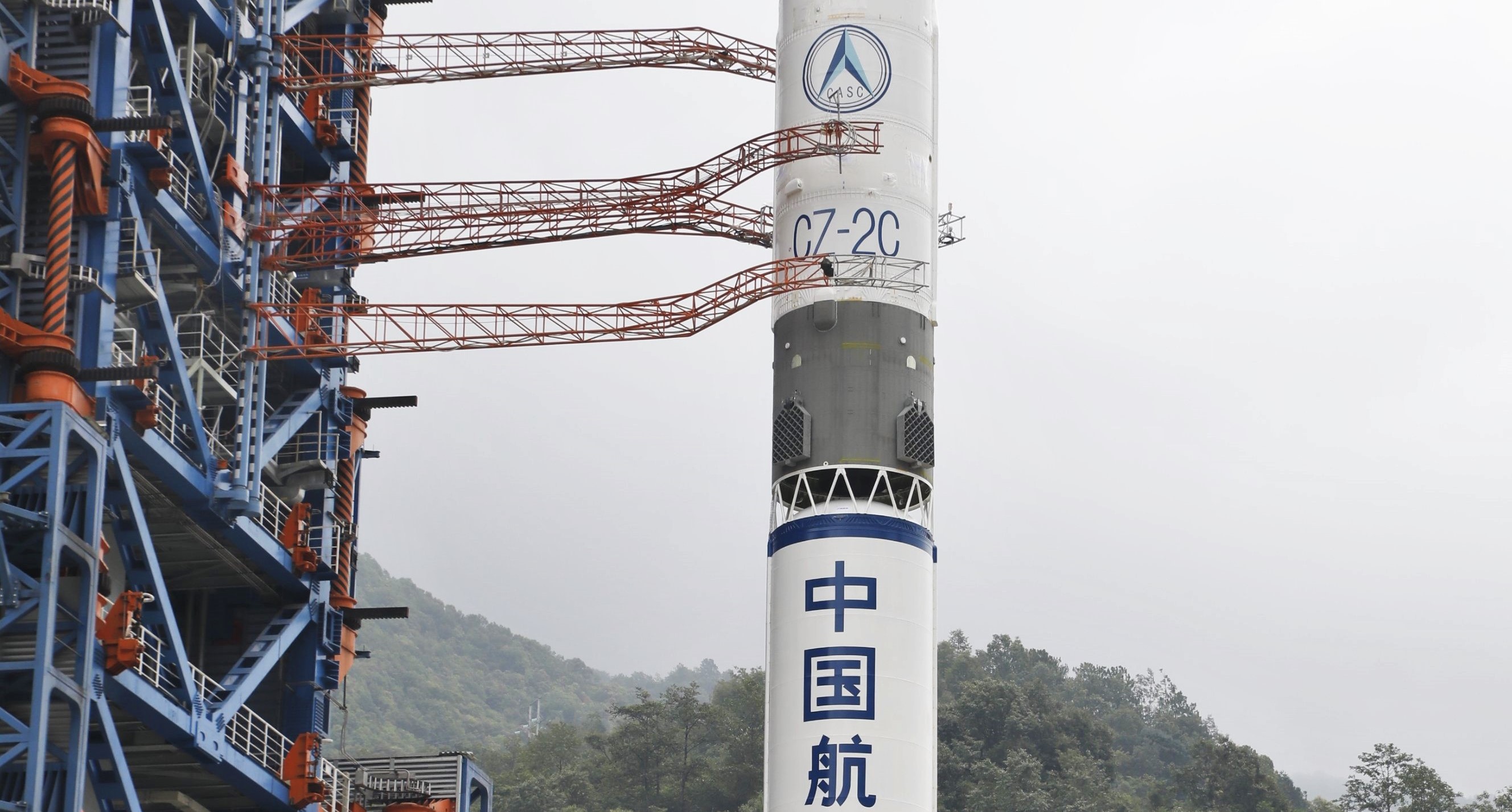I don't think anyone would try to argue that the Chinese aren't blatant about stealing IP, and while I'm not completely familiar with the various iterations of the F9 fins I wouldn't be surprised if these are a near-exact replica. That said, in the case of the Chinese using grid fins its as much more about simply leveraging a concept that's literally been around for [at least] half a century than stealing someone's specific design. Other industries do this kind of thing all the time (consumer electronics, automobiles, etc.)--when someone implements a clever solution, even if its a what's-old-is-new concept like grid fins, everyone else basically has to follow suit.
In any event, the real technology advantage for SpaceX isn't the physical design of the grid fins (which are more evolved than the Long March's versions), the real secret sauce is in the code that SpaceX has evolved, which is obviously light years beyond whatever grid fin control systems have been developed by anyone else, past or present. I've said it before, but contrary to popular belief, a LOT of the concepts SpaceX leverages come from nothing-new-under-the-sun land. What's so special about SpaceX is the vision used to identify those concepts and the way in which those concepts are implemented. Grid fins have historically been used for precision-ish bombing; SpaceX took technology from something truly heinous and turned it into something that's massively changed the world for the better.
What's also interesting is that a stated function of these grid fins on that LM-2C is [essentially] to enable more strategic bombing of the Chinese countryside with spent rocket stages. So, same-old-same-old when it comes to tech implementation.
 Chinese Long March launch tests grid fins for safety, future reusability - SpaceNews.com
Chinese Long March launch tests grid fins for safety, future reusability - SpaceNews.com
Lastly, not on topic but still a fun fact, the open elephant stand truss structure between the white main stage and the grey interstage is typically used for second stage exhaust. Especially with eastern rockets (Proton, Soyuz, and many of the Long March family, at a minimum) the sub orbital staging event overlaps with subsequent stage ignition, mostly just to minimize any losses from coasting. But...when you fire the second stage before the first stage has released from the vehicle, you need a place for all the rocket exhaust to go. Its like a radial flame trench.




